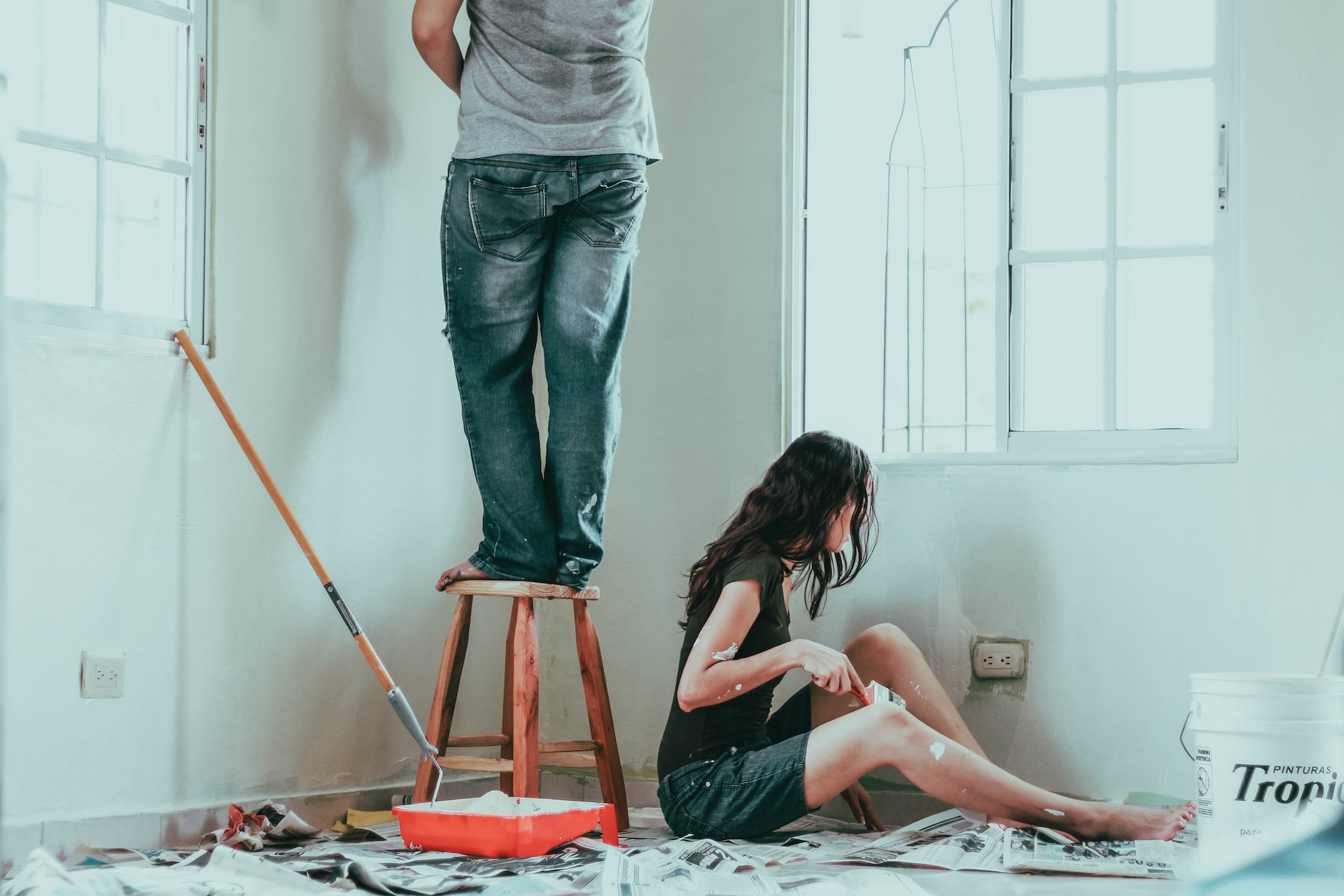We would all consider having a pool in our house to be a nice amenity. And it is undoubtedly the house addition that may benefit us greatly and improve the coziness and beauty of our homes. They do, however, have a lot of maintenance requirements, and adhering to them requires careful consideration and diligence in order to guarantee your pool will provide you with the finest experience possible. Here is a thorough tutorial on how to properly maintain your pool and turn it into a gorgeous home improvement that everyone will enjoy.
Filter
The filter in your pool cleans the water by eliminating contaminants. Typically, cleaning a pool involves turning off the filtration system, removing the cap from the pool deck, taking out the filter basket, and clearing away any debris before reinstalling everything. It’s important to empty your filter basket once a week at the very least. Additionally, you should backwash the pipes that your filtration system uses once a month to clear them out. When the waste pipe begins to discharge clean water, switch on your pump and let it run for a while.
Vacuuming
To keep the water clear and lower the number of chemicals you need to apply, a pool should be vacuumed once each week. Use a manual design if you have a pool vacuum cleaner, and move it back and forth across the pool’s surface. Each stroke should slightly overlap the one before it. Every time you use your pool cleaner, check the filter and clean it if necessary. Additionally, scrubbing the tile and walls helps reduce calcium and algae accumulation so that they don’t fester and cause worse issues. The type of cleaning equipment you should use depends on the nature of your pool’s walls, so exercise caution.
Water level
Checking the water level on a regular basis can help you keep your pool in excellent condition. Low water levels can cause issues with the pump and could cause it to burn out or run dry. Allowing the water levels in your pool to fluctuate might really disturb the water’s chemical equilibrium. Additionally, your water skimmers and filters may struggle to keep your pool clean and maintained if the water isn’t kept at the proper level.
Overly high water levels might also be problematic. The skimmer door may not operate properly due to high water levels. It’s vital to check sometimes because water level variations are to be expected, especially after a strong storm or after a lot of pool use. Ensure the water level in your pool skimmer stays at the midpoint.
Skimming and scrubbing
Without enough skimming and cleaning, routine pool upkeep would fall short. The easiest and most regular pool care procedure is skimming dirt from the pool. Pools frequently include fallen leaves and even living things, but they are quite simple to remove with a lengthy skimmer net. In some instances, the filter may also have collected debris, in which case it must be opened to remove the material. While performing routine pool maintenance, be sure the filter is not running.
One of the most popular and routinely performed methods of pool maintenance is skimming. Simply put, skimming is the process of removing leaves and other sorts of material from your pool’s surface. Although it won’t be necessary to scrub as frequently, it should be done at least once every other week. To keep your siding looking excellent, don’t forget to scrub the pool’s sides using a scrub brush. Keep an eye out for any algae development and use the scrub brush to prevent accumulation.
Check the pH value
The optimal pH range is between 7.2 and 7.8, which is safe for swimmers and enhances the effectiveness of sanitizers.
A testing kit allows you to keep track of the pH level in your pool. Reagent kits aren’t too challenging to use, and there are many different kinds available. Pool water is sampled, and then drinks or pills are added. The water’s hue varies as a result of its chemical equilibrium. The way test strips operate varies. They turn a different hue when briefly submerged in the pool due to the dyes they contain. The pH level of the pool may then be determined by comparing the strip to a color chart.
Call the pros
It might be challenging to restore the right chemical balance when the pool has turned green or muddy. If you add too many chemicals, it may have to be partially emptied and filled again to get the levels back to normal. Regularly used pools require greater upkeep than those used just once a week or less. To relieve the stress of DIY swimming pool care, a pool service business is more than happy to take on all of these chores.
Be mindful of chlorine levels
Chlorine pills are frequently required to maintain the cleanliness of your pool. However, you should use them cautiously and pay close attention to the usage instructions. Your health might be harmed by too much chlorine. Chlorine in excess can be detrimental. Chlorine that has been depleted is known as bound chlorine. Although it is still present in the water, it cannot be disinfected anymore. The mucous membranes and eyes are irritated by the scent of this chlorine. Because too much chlorine might have unpleasant side effects, use caution while using it. As a result, always abide by the instructions provided with the chlorine products.
Remove dead algae
Dead algae frequently sink to the bottom because they are too tiny for the filter, making it difficult to remove them from the surface. A flocculant can be used to address this issue. This substance makes all loose particles into a single, bigger mass, making it easier to filter or otherwise remove them.
Without a regular maintenance schedule, your pool may experience a number of unfavorable circumstances, including algae buildup, damaged filters, and green water. Additionally, nobody likes to relax by an outdated pool. To that end, use the tips in this article to transform your swimming pool into a relaxing space.






Leave A Comment